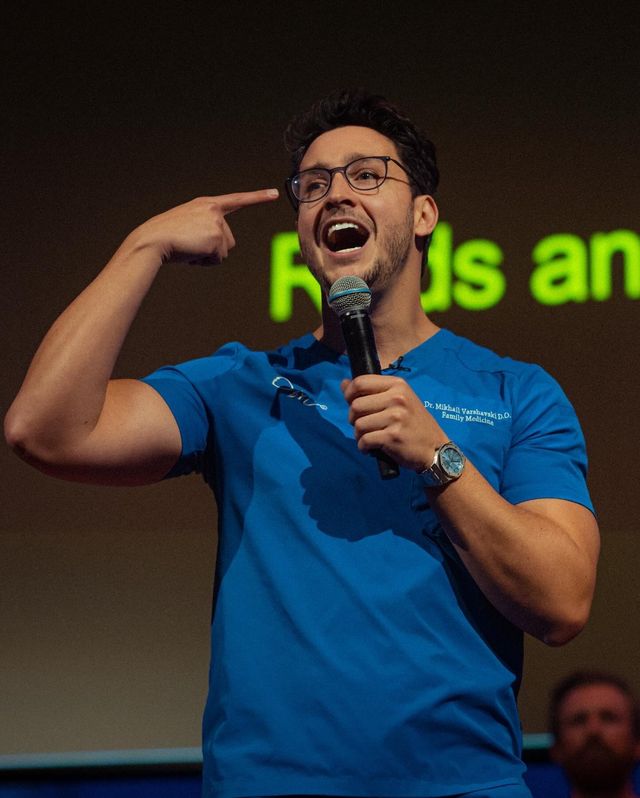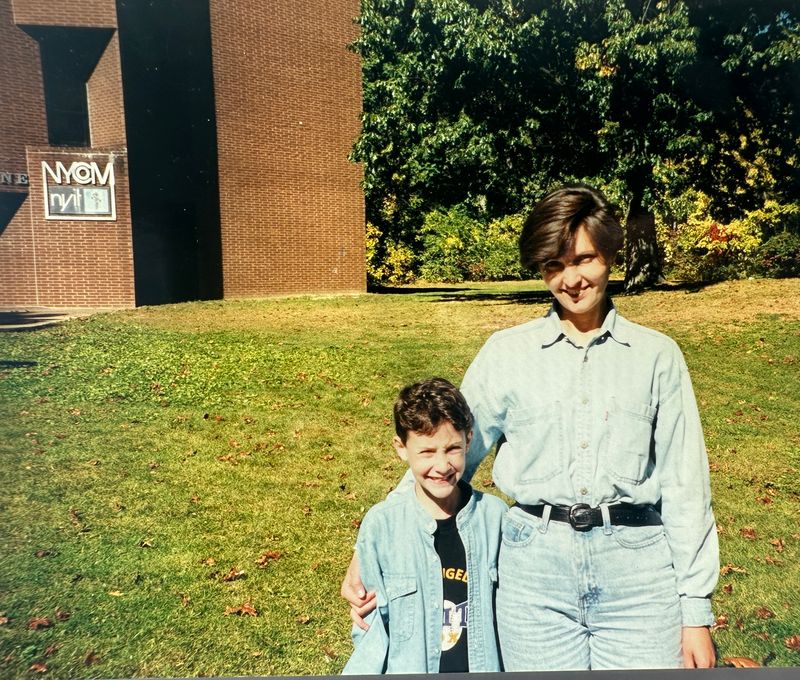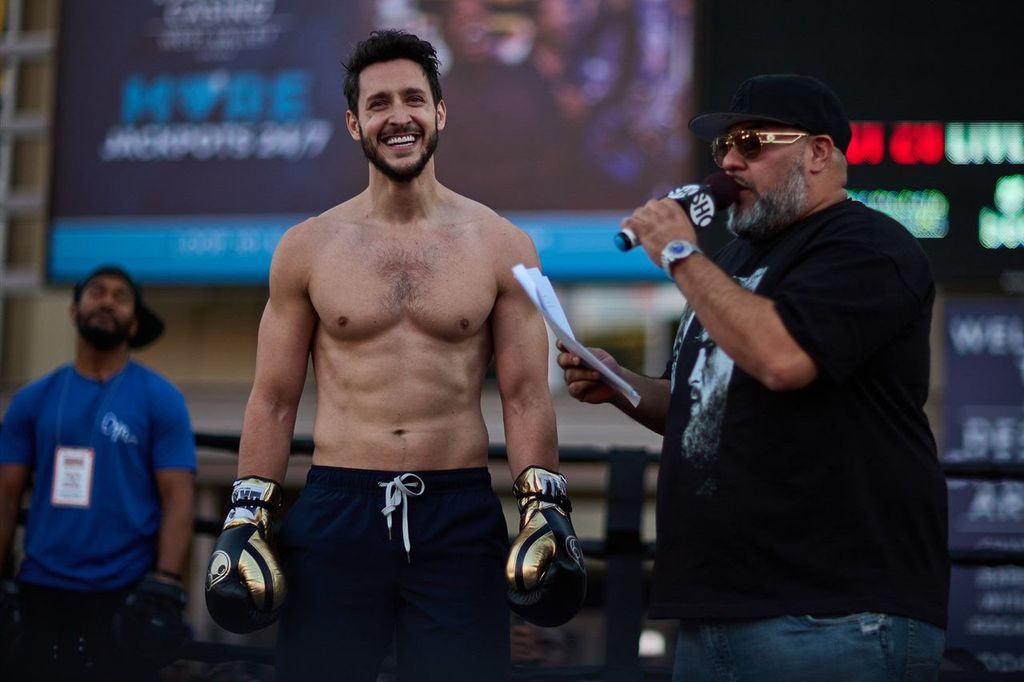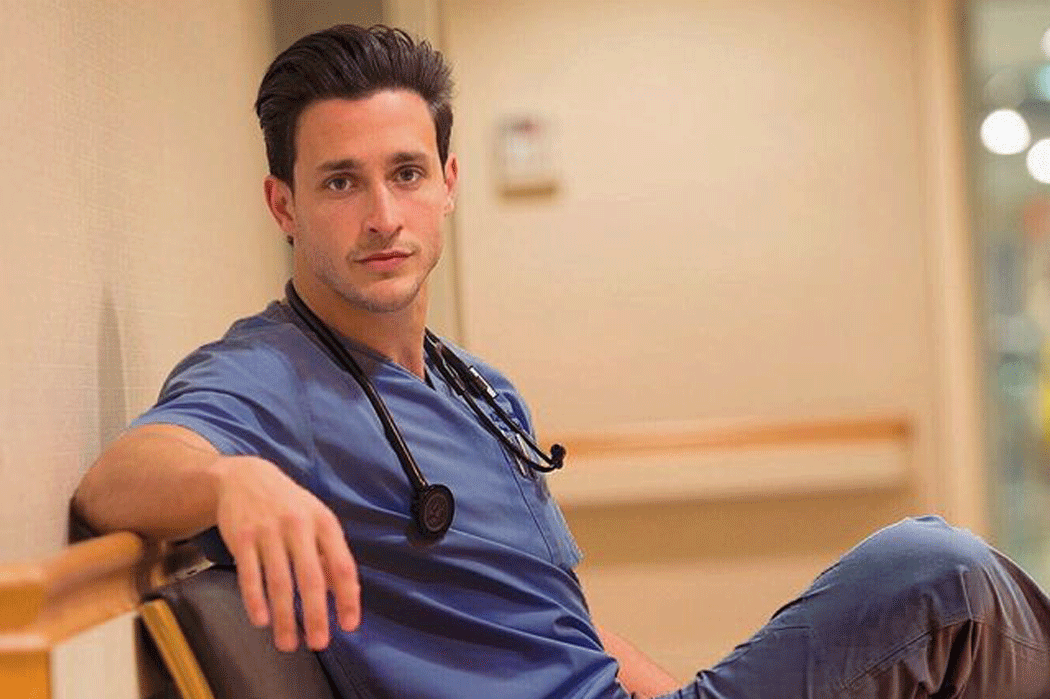Before he became the most-followed doctor on social media, Mikhail Varshavski, DO, (popularly known as “Doctor Mike”), was a second-year family medicine resident simply trying to finish his notes.
Then the Internet found him.
Crowned the “Sexiest Doctor Alive” by People magazine in 2015, Dr. Mike could have ridden a wave of vanity. Instead, he built a platform that reaches over 100 million viewers monthly, one that trades clickbait for clarity and fame for purpose.
“While it may seem silly, fame allows you to have impact,” he told me. “With impact, I can then change the 30, 40 people that I could benefit in a given day to 30, 40, 50, 100 million that I can impact over the month through my social media channels.”
Fame found Dr. Mike during residency. Dr. Mike didn’t just go viral; he made virality virtuous. The AOA board-certified family physician demonstrates how fame can be a tool for promoting good health and healthy habits: “I would speak to people about this BuzzFeed article or People magazine title, but then I would follow it up with the need for vaccines, the value of lifestyle modifications in changing chronic health condition outcomes.”
Below, Dr. Mike shares details about his origin story, updates on his latest projects and some words of advice for osteopathic medical students and physicians.
 Dr. Mike
Dr. Mike
A childhood framed by osteopathic medicine
Dr. Mike immigrated from Russia with his family at a young age. His father, who was an MD in Russia, was accepted at the Émigré Physicians Program at what is now the New York Institute of Technology College of Osteopathic Medicine (NYITCOM). This program was and is the only path in the U.S. for qualifying foreign-trained physicians to acquire a DO degree.
“I got to watch him study. I would go with him directly to [NYITCOM], be on campus,” Dr. Mike said. “It felt very human-focused, like you could genuinely help other people in a very tangible and quick feedback loop. It fit my skill set: I felt like I was always good at communicating with others. I was always adept at getting great scores on science subjects, so, as time went on, I realized that the field spoke to me in a number of ways.”
As a teen athlete recovering from injuries, he became the test subject for his father’s osteopathic manipulative treatment (OMT) techniques. “I watched some of his techniques help me recover faster and make my pain go away. It got me excited to want to learn about the human body in that way and think outside the box, especially with the fact that he was being trained to think incredibly holistically.”
Dr. Mike was accepted into the accelerated 7-year BS/DO program at NYITCOM. “My dad’s education was happening before my eyes, and I associated the way that I thought about the world with an osteopathic view. Being that I was already on the [NYITCOM] campus, I said that’s where I want to go, and luckily and fortunately, I was accepted into the program and was able to finish it in seven years.”
While he initially imagined himself as a surgeon, it was family medicine that won him over. “Family medicine allowed me to be the quarterback for my patients’ care,” he explained, noting that while specialists are very important, he enjoys the family physician’s role of helping patients determine when they need to see a specialist or need certain procedures.
 The future Dr. Mike is shown with his mom.
The future Dr. Mike is shown with his mom.
That impact expanded beyond the clinic when the viral fame took hold and Dr. Mike was featured across national television shows. The sensationalization did not, however, take away his sincerity.
“The gatekeepers of the traditional media sphere, the ones that were on the news programs, on the talk shows, once the superficial angle got boring for them, they were no longer interested in the medical side of things,” he said.
Dr. Mike pivoted to YouTube. He began breaking down health myths, reacting to medical scenes in TV dramas and posting high-yield, evidence-based health explainers.
“We are quick to villainize social media, but there was benefit to this type of social media,” Dr. Mike, now the newest UNICEF USA Ambassador, said. “I was able to not only directly counter the misinformation that my patients were falling victim to, but at the same time, I was also able to get ahead of the misinformation and almost vaccinate viewers with accurate info. When misinformation came their way, they already knew that it was untrue.”
Now with over 14 million subscribers and 100 million monthly views, he has created what might be considered a virtual and global “exam room.”
Fighting misinformation at scale
“When someone searches for something, whether it’s on Google or YouTube, usually what comes up is the most viewed content. A lot of times, the most viewed content is sensationalized, corrupted, inaccurate, but we’re doing it with accurate information,” commented the Webby Awards winner. “We’re competing for those top search results, we’re being there on the homepage for individuals and we hope to continue doing just that.”
His goal is to inoculate the public against misinformation before it spreads.
“There’s all sorts of false guidance about medications,” he said. “People struggle to get good information, especially with finding a primary care doctor with the shortages that exist, with the fact that people have barriers in their life in order to go see the physician, healthcare insurance or just financial [reasons].
“As a primary care doctor, it was great that I was there for them in the office, in the emergency room, in the hospital, in the nursing home, but I realized we needed to be there for them on social media. This impact allows me to go past my duties in the office.”
Dr. Mike doesn’t limit himself to content and patient care. He founded the Limitless Tomorrow Foundation to provide scholarships for students and support patient care.
“Just the other day, we did a great campaign with Ryan Trahan donating $70,000 for the St. Jude Foundation.”
He also donates his Patreon income monthly: “Patreon is a way for people to pay a small amount to have access to private live streams, behind-the-scenes content to support a creator they love. We do incredibly well on the channel, so instead of us pocketing that $10 a month that people pay for our Patreon, every month we vote within the Patreon where we want to donate that money to. We’ve donated well over six figures, I think it’s like a quarter million dollars, if not more. All these organizations that are doing good by people need to be supported.”
If you lead with what’s best for your patient throughout your journey, you will ultimately be more successful.
Additionally, he has laced up boxing gloves as a professional fighter, raising six figures to support Ukraine and the Harlem Boys and Girls Club. For him, however, boxing was never about spectacle.
“My first year at [NYITCOM], I lost my mom to cancer. It was a dark time for myself and my father,” he shared. “It impacted my mental health, my physical health. The only thing that was able to get me on the right path to become healthier again was taking a boxing class.”
That experience made him a more empathetic physician. “One of the unique parts about it that I didn’t expect was that I think it made me a better doctor. For my patients who are athletes, it’s sometimes difficult to empathize with why they’re so upset about their condition, why they want to return to sport before we say they’re ready, but now I get what they’re feeling. I’ve been on that side of the equation, and I totally understand where they’re coming from, so I think it makes me a more effective clinician.”
 Dr. Mike raises money for charity by boxing.
Dr. Mike raises money for charity by boxing.
Dr. Mike wants to continue his mission of educating the public via social media. Next on his radar, however? A scripted, medically accurate TV drama that he is currently pitching.
“People want to be entertained,” he said. He wants to meet them there, but his show is one “that has a lot of accuracy to it and talks about public health policy.”
And yes, he is training to be a race car driver too. Because why not? “I’m taking this year to spend a few weekends to train, and perhaps next year, we can launch that journey on social media and see how that goes.”
If you lead with what’s best for your patient throughout your journey, you will ultimately be more successful, Dr. Mike said.
“People think about shortcuts, or financial success, or follower counts,” he said. “All of that is useless if you’re not achieving the goal of helping your patient. Make that the priority, and everything else will fall into place.”
Dr. Mike isn’t a doctor who went viral. He is a physician who gave his fame a job description. He is rewriting what it means to have influence in medicine.
Related reading:
The power of preventive medicine in osteopathic care
AOA’s 2025 Annual Report highlights educational advancements and major advocacy efforts
